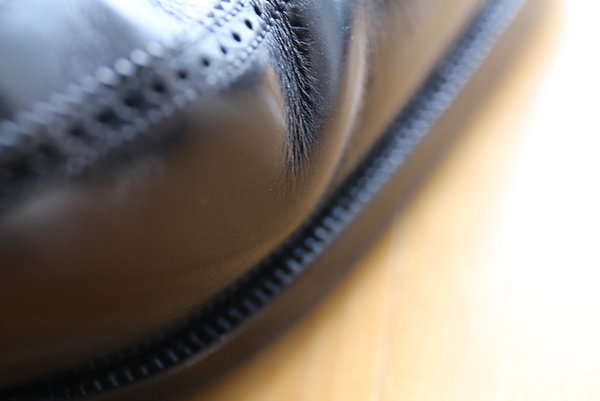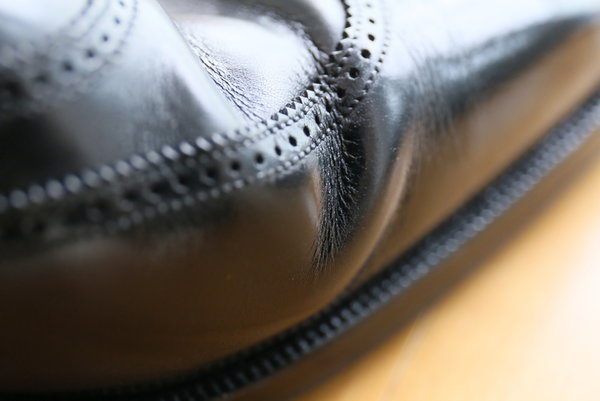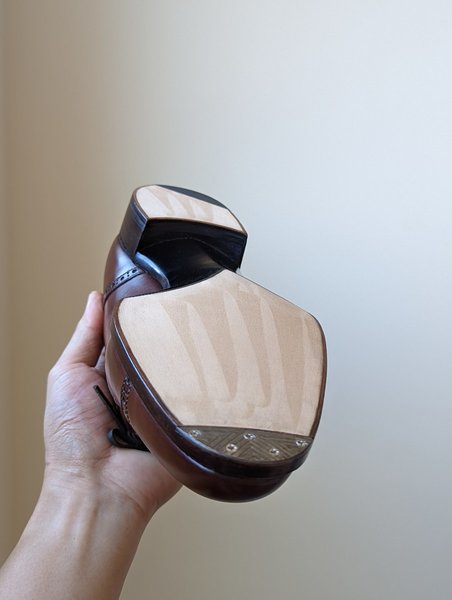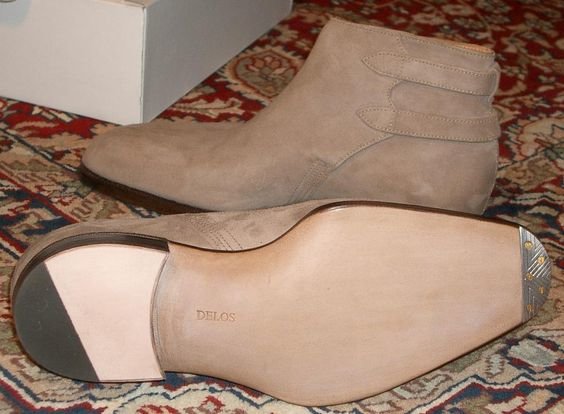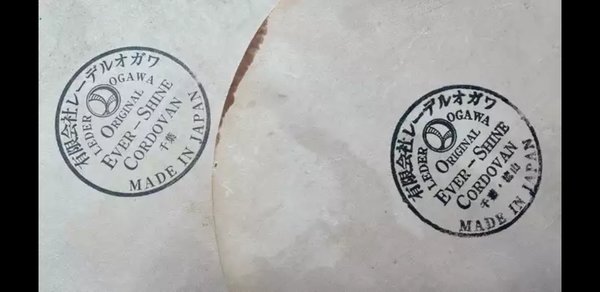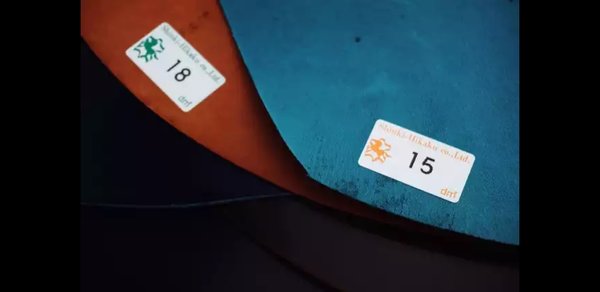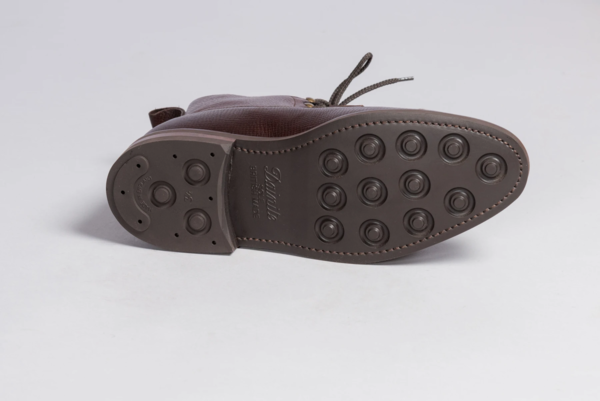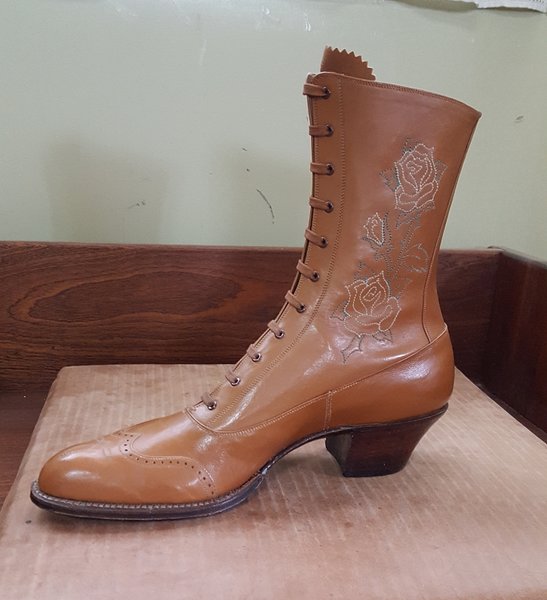- Joined
- Jan 8, 2008
- Messages
- 10,132
- Reaction score
- 5,714
Dictionary of Leather-Working Tools c. 1700-1950 R.A. Salaman
No photos but lots of illustrations. Somewhat of the next step in terms of knowing about ahoemaking and how it all works.
I forgot to say that I heard of that book from DW long ago, but it was not until VRaivio mentioned recently I did not decide to purchase it. It is very interesting so thanks you two. Could you please recommend me another book about shoes with some interesting text and photos?. I enjoyed very much HM Shoes for Men from Vass too.
Dictionary of Leather-Working Tools c. 1700-1950 R.A. Salaman
No photos but lots of illustrations. Somewhat of the next step in terms of knowing about ahoemaking and how it all works.
Last edited:
![fing02[1].gif](http://files.styleforum.net/images/smilies/fing02[1].gif)


